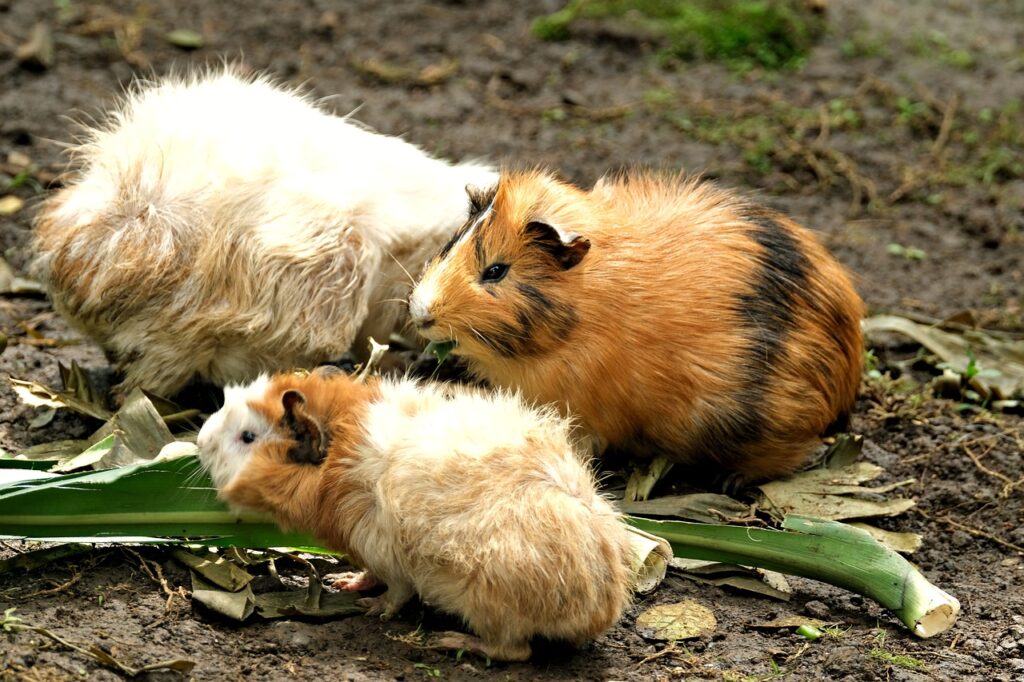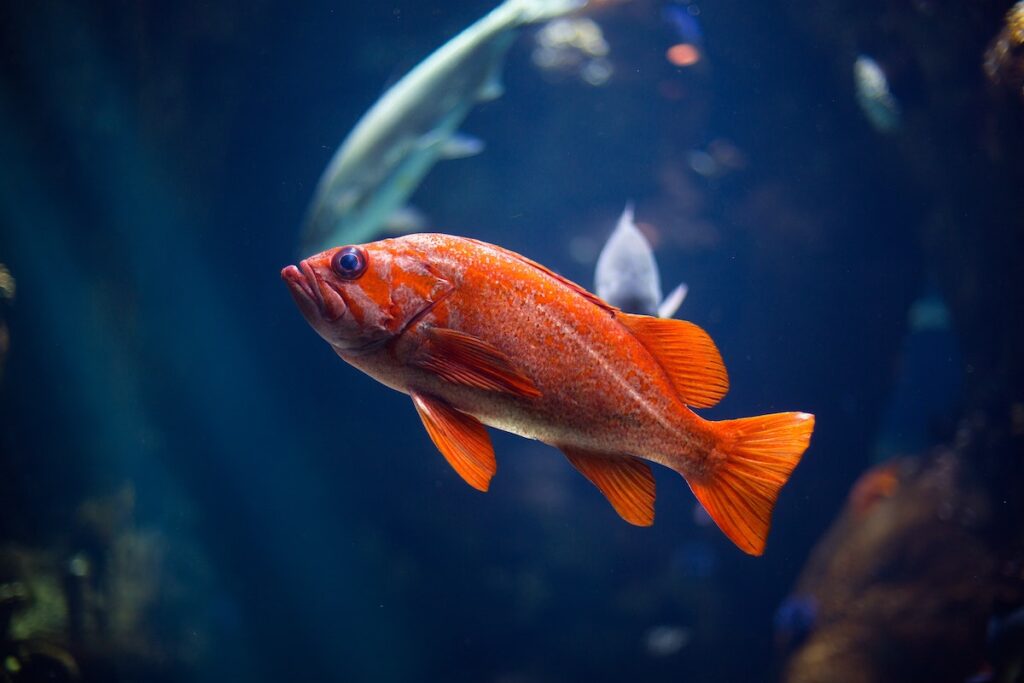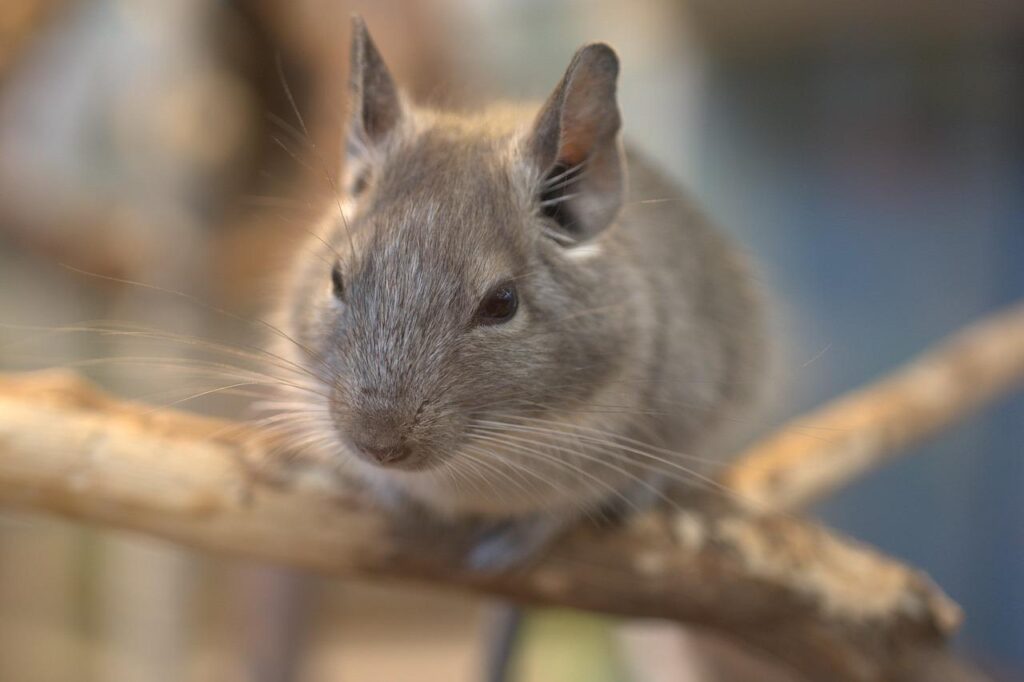Table of Contents
Adopting a pet is undeniably one of life’s most exciting experiences. But just like a new baby, these cute little furballs come with some monthly maintenance costs. And the bills can run into thousands of dollars, depending on the animal you’re raising.
Now, pet maintenance doesn’t only entail monetary expenses. There’s also a degree of time commitment required, even if only to cater to the animal’s basic needs like feeding, grooming, and exercising.
Fortunately, the pet industry isn’t short of animals that are incredibly low on maintenance.
If you’re searching for a low-maintenance pet that’s no less adorable, you’ve come to the right place. We’ve put together 12 pets that require the least amount of money and time commitment. Read on and be inspired.
1. Pugs
It’s common knowledge that dogs are high-maintenance pets.
Not only do dogs require constant love and affection, which might consume a huge chunk of your time every day. They can also rack up hundreds of dollars in monthly feeding and medical supplies. Not to mention their exercise and grooming needs.
But if your love for canines won’t see you adopt any other pet, then consider pugs.
Pugs are commonly ranked among the easiest dog breeds to own. These dogs sport short hairs that do not need any trimming. They also require minimal exercise – 30 minutes daily of walking and playing fetch will suffice.
And due to their small size, pugs are remarkably easy and cost-effective to feed. Plus, the breed is highly resilient against diseases that plague most canines.
2. British Shorthair Cats
Cats and dogs rarely share any similarities. But when it comes to pet care, canines and felines rank high up among the most difficult pets to maintain. So, if you’re in the market for low-maintenance animals, you want to avoid looking in the direction of a dog or cat breeder.
However, it could also happen that you’re so much into cats that you cannot picture your household without one. In that case, your best bet would be to go for the British Shorthair.
British Shorthair cats are famous for their easygoing personality. These cats can get along with other cats, kids, dogs, and pretty much any other family member.
And as their name implies, British Shorthairs sport shorter and easy-to-maintain hairs. Brushing two to three times a week is all it takes to rid their coat of dead hair.
3. Birds
One reason to consider a bird as a low-maintenance pet is that there’s a plethora of options to choose from. These sweet feathered companions come in different shapes and sizes.
Besides, birds are probably one of the few pets that do not require up-close human interactions. In most cases, all you need is to build a strong cage that can house the specific bird you’re planning to adopt.
The conventional wisdom is to construct a cage that’s nearly twice as large as the bird’s wingspan. Also, ensure the cage has enough food and water. Most birds enjoy eating seeds, nuts, green veggies, fruits, pellets, and even meat (if you prefer to keep a bird of prey).
Examples of birds that make excellent low-maintenance pets include parakeets, canaries, budgies, doves, and parrots.
4. Hamsters
A hamster is one of the most popular small pets for kids, and understandably so. These little rodents are exceptionally easy to care for.
Hamsters are so tiny (adults measure four to six inches long if you exclude the tails) that they require minimal feeding and grooming. A food bowl, water bottle, and a toy (such as a hamster wheel) are all they need to feel comfortable.
In terms of habitat, these cute furballs can live in an aquarium, a plastic bin, or a chicken wire cage.
Hamsters are also unlikely to cause severe damage to your indoor plants, furniture, and upholstery even when they nibble. That’s due to their diminutive size.
5. Guinea Pigs
Guinea pigs are about the same degree of investment as hamsters. However, guinea pigs are friendlier and more easygoing. Besides, they’re larger than hamsters and provide the feeling of owning a real pet.
Guinea pigs are omnivores. Their feeding habits makes them cost- and time-effective to maintain since they can eat most human foods. Keep in mind, however, that their diets should comprise more of veggies than meat.
It’s also worth noting that guinea pigs love company. That might be a drawback considering that intensive care is one of the reasons you’re looking for a low-maintenance pet. To address this concern, consider adopting two guinea pigs.
Other basic guinea pig requirements include daily feeding, weekly grooming, routine cage maintenance, and exposure to sunlight at least four hours every day.
6. Hermits
Hermits may not be the best pet for you if you’re arachnophobic. However, these little guys are way less scary than spiders.
In fact, hermits are technically not arachnids since they’re crabs. Arachnids include spiders, scorpions, ticks, etc.
Hermit crabs can live up to 10 years, during which they may only grow to around 6 inches long. To sustain them, all you need is a terrarium equipped with at least five gallons of space. Their habitat should also be lined with 2 – 3 inches of aquarium gravel or other fine reptile bark bedding and placed out of direct sunlight.
In terms of diet, hermits eat small pellets or powdered food.
7. Betta Fish
Many pet fanciers consider fish as low-maintenance animals. After all, an aquarium is all that’s needed to raise a happy fish.
However, fish come in many varieties and the species can vary significantly in their specific maintenance requirements.
Betta fish is a perfect recommendation if looking for a truly low-maintenance fish. These pets will do well in a five-gallon aquarium. That’s the recommended size for a single betta fish since these animals are highly territorial.
Once you have the tank, you only need to feed your fish once a day. Alternatively, you could get an automatic fish feeder to save yourself all the hassles. Also, remember to replace 15% of the aquarium water once a week.
8. Gold Fish
Gold fish is another excellent option for fish-loving pet owners.
Just like betta fish, gold fish are low-maintenance pets because they can live in a small aquarium.
Besides, these fish require weekly food and water changes. That makes them suitable for beginner pet owners or busy pet parents who only appear home haphazardly.
However, gold fish would require twice the aquarium size as betta fish. Their tanks should also have a reliable filter and heater system. Besides, you should never place your gold fish aquarium in direct sunlight.
9. Chinchilla
Not only do these pets have a cute-sounding name. They’re adorably cute too. Plus, they’re remarkably easy to care for.
For starters, chinchillas have super-soft furs and their coats are hypoallergenic. That makes them appropriate for pet parents who suffer from pet allergies or those who otherwise have sensitive skin.
Chinchillas can live for up to ten years. Their ideal habitat consists of a well-ventilated cage that contains an adequate supply of food, water, toys, bedding, and hiding boxes.
Chinchillas are also social pets. So, you’d do well to keep two of them.
10. Turtles
Most common pets have a lifespan not exceeding 15 years. If you received a dog as a gift on your birth day, the animal might be long gone by the time you’re out of your teenage years.
A turtle is one of the only few pets that can outlive their owners. These gentle reptiles can live anywhere between 10 and 80 years. Some are known to live up to 200 years. And yes, they’re extremely easy to care for too.
Turtles do not eat every day. You only need to feed them 4 – 5 times a week. Their diets comprise insects, fish, and dark leafy greens.
Habitat wise, you’ll need a regular-sized terrarium. Be sure to keep their water clean and in the right temperature.
11. Snakes
They’re creepy. They can slither into your blankets in the dead of night and scare the hell out of you. Some are highly venomous that a single bite could kill all grown humans in your household.
But despite these glaring drawbacks, snakes are amazing pets, and low-maintenance ones at that.
First off, there are numerous snake varieties. You can choose from multiple colors, lengths, and personalities.
It’s also important to reiterate that not all snakes are venomous. And even the venomous ones won’t be actively trying to harm you unless they feel threatened. Besides, there’s always the option of defanging them.
In terms of maintenance, snakes only need to be fed a few days a week. Their diet consists of rats, mice, and eggs.
12. Butterflies
Butterflies are a pretty sight and can turn your plain compound into a magical spectacle. These insects also rank among the lowest-maintenance pets out there.
Like most insects, butterflies are largely independent. They do not require in-depth human interaction. You won’t need to think about providing them with food or water as they feed on nectar which is found in nature.
In addition to being low-maintenance pets, butterflies can also offer amazing opportunities for your kids to learn about their metamorphosis. At some point in their lives, these cute insects will exist as caterpillars.
The only challenge with butterflies is managing their population. But this shouldn’t be a problem if you already keep birds or poultry, as you can always allow them to feed on the caterpillars to keep the butterfly population in check.
Wrap Up
It doesn’t matter whether you live on the bottom end of the social pyramid or lead a traveler’s lifestyle where you only turn up in your home haphazardly. You have no excuse whatsoever for not owning a pet. Not when there are scores of low-maintenance animals that require minimal time and financial commitment.







